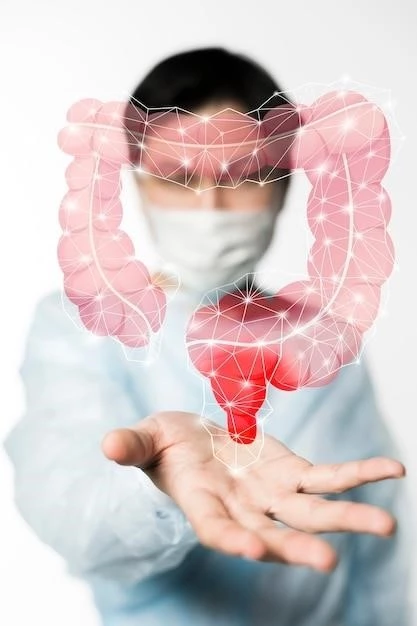Overview of Tricho-hepato-enteric syndrome
Tricho-hepato-enteric syndrome (THES) is a rare disorder characterized by chronic diarrhea, liver disease, hair abnormalities, and short stature.
Definition and Characteristics
The Tricho-hepato-enteric syndrome (THES) is a rare disorder that affects infants and children, leading to chronic diarrhea, liver disease, hair abnormalities, and immune system dysfunction. Recognizing the symptoms early and obtaining a timely diagnosis are crucial for managing this complex condition.

Symptoms and Clinical Presentation
Children with Tricho-hepato-enteric syndrome may experience chronic diarrhea, liver disease, hair abnormalities, short stature, facial dysmorphism, and immune system dysfunction. Early detection and proper management are essential.
Chronic Diarrhea
One of the hallmark symptoms of Tricho-hepato-enteric syndrome is chronic, watery diarrhea that typically starts in infancy. This difficult-to-treat diarrhea can lead to nutritional deficiencies and growth issues, emphasizing the importance of early diagnosis and intervention to manage the condition effectively.

Causes and Genetics
Tricho-hepato-enteric syndrome (THES) is a rare disorder caused by genetic mutations in the TTC37 or SKIV2L genes. Understanding the genetic basis is crucial for diagnosis and potential treatment strategies.
Inheritance Patterns
Tricho-hepato-enteric syndrome (THES) follows an autosomal recessive inheritance pattern, meaning that an individual must inherit a copy of the mutated gene from each parent to develop the condition. Understanding the genetic basis of THES is crucial for accurate diagnosis and genetic counseling.
Diagnosis and Management
Early diagnosis of Tricho-hepato-enteric syndrome involves recognizing symptoms like chronic diarrhea and liver abnormalities. Management typically includes nutritional support and potential intervention strategies based on individual needs.
Diagnostic Techniques
Diagnosing Tricho-hepato-enteric syndrome typically involves a combination of clinical evaluation, genetic testing to identify mutations in genes such as TTC37 or SKIV2L, and imaging studies to assess liver involvement and other related abnormalities. Cooperation among multi-disciplinary medical teams is essential to reach an accurate diagnosis and establish an effective management plan tailored to the individual’s specific needs.
Prognosis and Complications
Tricho-hepato-enteric syndrome (THES) can have a poor prognosis, with many patients passing away before the age of 5 due to severe infections or cirrhosis. However, advancements in treatment, such as parenteral nutrition, have improved survival rates in some cases.
Impact on Life Expectancy
Tricho-hepato-enteric syndrome (THES) can have a significant impact on life expectancy, with many patients facing a poor prognosis due to severe infections or liver complications. However, advancements in medical care, including parenteral nutrition, have improved survival rates for some individuals with THES.
Research and Treatment Advances
Recent research on Tricho-hepato-enteric syndrome has focused on identifying genetic mutations in the TTC37 or SKIV2L genes. Treatment advances include innovative therapies tailored to address specific symptoms such as chronic diarrhea, liver disease, and immune system dysfunction associated with THES.
Therapeutic Approaches
Therapeutic approaches for Tricho-hepato-enteric syndrome (THES) involve a multidisciplinary approach focusing on managing chronic diarrhea, liver disease, hair abnormalities, and immune dysfunction. Treatment may include nutritional support, specialized diets, immunoglobulin replacement therapy, and close monitoring to address specific symptoms and complications associated with THES.
